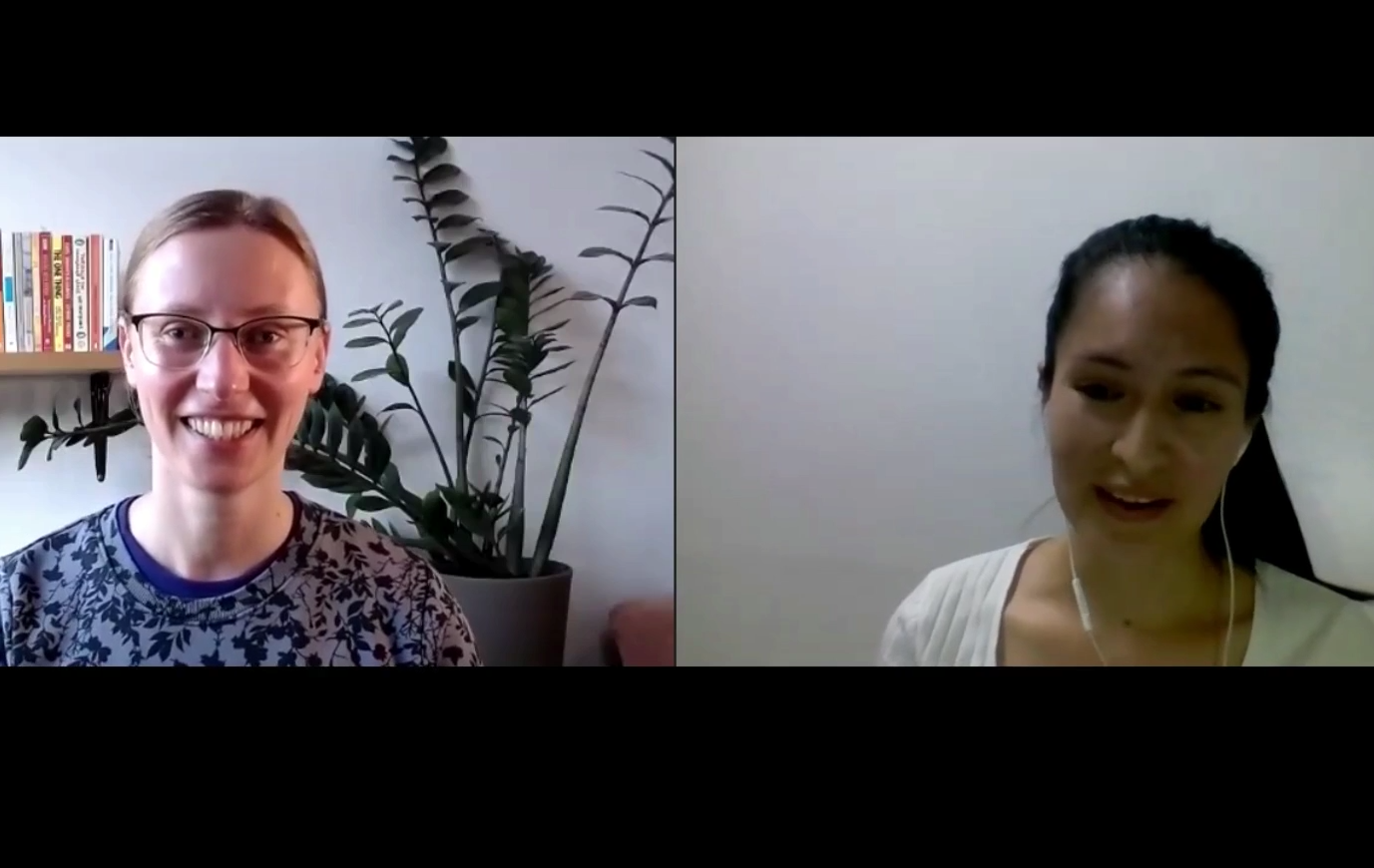
Interview with Marly about the slip-box method she’s using for taking notes as a researcher. She explains how the method works, what software to use and why it is her favorite method for note taking. Watch the video and learn how your own research could benefit from the slip-box method.
The slip-box method, also called the Zettelkasten method, is an effective way to organize your notes. It encourages you to create connections between the individual notes, which supports your (creative) thinking and ultimately helps you move your (research) ideas forward. In short, you will learn and think better — and develop your ideas faster.
(In a second interview 2.5 years later, Marly is talking about advanced methods and tricks for note-taking as well as managing projects with Obsidian.)
Image credit at 07:10-09:22: David B. Clear; CC BY-SA 4.0.
Content
00:00 Intro
01:00 The slip-box method introduced
11:00 Software for the slip-box method
13:00 Marly’s implementation of the slip-box method
28:47 Benefits of the slip-box method and advice for beginners
Learn more about the slip-box method
For an introduction to the slip-box method, check out this article.
Recommended book: How to Take Smart Notes: One Simple Technique to Boost Writing, Learning and Thinking – for Students, Academics and Nonfiction Book Writers by Söhnke Ahrens (Amazon)
Software for the slip-box method
Marly has chosen the software Obsidian for her implementation of the slip-box method. She recommends the following Youtube tutorials to learn how Obsidian works:
- tutorial 1: basics
- tutorial 2 includes how to write in MarkDown
- tutorial 3 includes how to change Settings to enable useful functions
- tutorial 4 includes how to use basic HotKeys
- tutorial 5 includes different types of linking
What is your favorite method of note taking? Please, share your tips and experiences with uns in the comments!
Nice interview, thank you!
Here another option: Reference manager Citavi is also a beautiful program not only to manage your references, but also to write down your thoughts, ideas, tasks… and (inter)connect them! So it is also a knowledge manager. There are many organizing options, including tags, category tree, groups… It also offers team working (different people working in one project/paper can see and edit the information).
I can just recommend it!
Thanks a lot for the tip, Oscar!
I just started reading the book. This video was great and informative on different software choices. Thanks for this!
You are welcome! If you decide to try the method out, let us how you like it 🙂
Thank you very much. I will read the book. I already use Trello for deadline scheduling using post-it notes tagged with different colours but I have never thought to use a similar system for bibliography and research management. It’s a really good idea to implement.